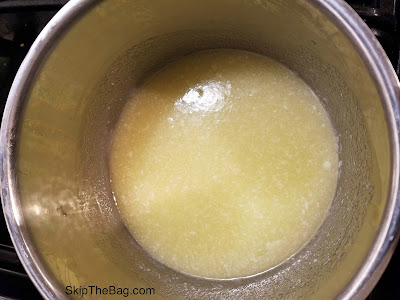Are you tired of dealing with a mountain of plastic bags after your grocery shop? Do you feel guilty about the fact that the plastic bag you just used for 10 minutes will never degrade and could harm wildlife? Do you want to switch to reusable bags, but feel like you are the only person doing it?
Well you are in luck. March 2017 has been declared #SkipTheBag Month! For this month the goal is to refuse all single use plastic bags. No more bags at the grocery store, farmer's market, clothing store, hardware store, home store, restaurant take out, or anywhere else where plastic bags are lurking.
Together we will help make an environmental impact on reducing plastic consumption and by sharing on social media we will encourage others to make the change too.
They say it takes 21 days to change a habit, so by the end of March we should have ended our plastic bag consumption for good!
How to participate in #SkipTheBag Month?
- Sign up for emails. I will be sending out articles and tips once a week during the month to help motivate and encourage you.
- Follow @SkipTheBag on Twitter/Instagram/Facebook
- Skip the bag! When you are out don’t accept plastic bag. Use a reusable bag, paper bag, pillowcase or just hand carry the items. How you transport the items is less important than refusing the plastic bag.
- Spread the word. Share your achievements and challenges using the hashtag #SkipTheBag.
- Feel great knowing you did something good for the environment and entered to win some great products.































